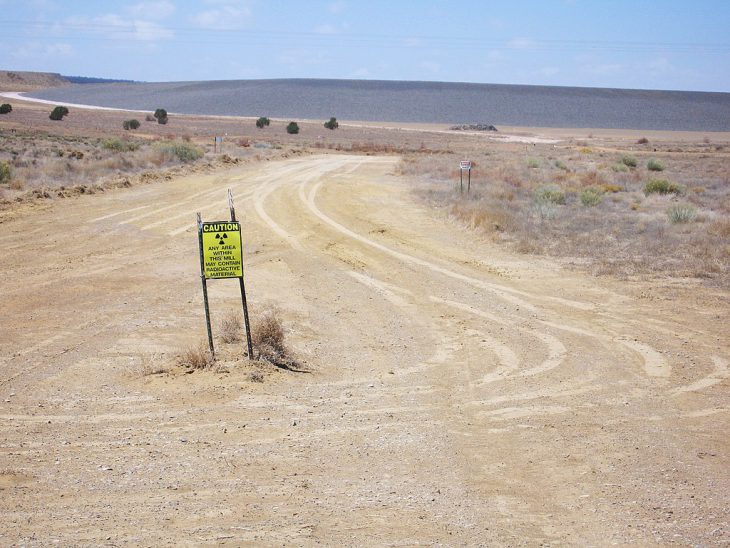What comes to mind when you think of radiation? If it is something along the lines of a mushroom cloud, green-glowing antique glass, or even The Incredible Hulk, you are not alone. One of the most common sources of radiation comes from uranium. While uranium is involved in some way in all of these examples, some of the most common sources of potential uranium exposure comes from the uranium mining industry. As the world begins to turn towards alternative energy sources, the use of nuclear power is on the rise.
Because the use of nuclear energy is on the rise, so too is the demand for uranium. One of the problems that comes with a high demand for uranium is the potential for it to contaminate groundwater sources and soil. Radioactive wastes, mining remnants, and the exposure of uranium to oxygen after being mined all contribute to such contamination. Excess uranium in soil or water is dangerous to people who live near uranium mines and nuclear power plants.
There are ways to get rid of uranium waste that are used right now, but they are expensive and take a long time to work properly. New efforts are being made to find a way to remove uranium from the environment with bacteria, a process called bioremediation.
In this study, a group of scientists decided to look for bacteria that live and grow in areas where there are large amounts of uranium present, since these microbes are more likely to survive exposure to this toxic metal. They found one bacterial species that seemed up for the job, called Stenotrophomonas Br8. They decided to put this hardy microbe to the test, by growing it in various amounts of uranium over two days and measuring how much uranium was left in the solution afterwards.
They found that not only could this bacteria survive in the presence of uranium, but it removed around 90% of it from the liquid. After making this amazing discovery, they decided to test the limits of just how well Stenotrophomonas could suck up all of the uranium in conditions more akin to the real-world. Even at different temperatures, acidities, and amounts of bacteria present, they found that 90% of the uranium present was removed from the sample!

This is what Stenotrophomonas maltophilia looks like growing in a culture! Source: Wikimedia Commons
The way this works involves a process called biomineralization. Biomineralization is when living organisms such as bacteria cause chemical reactions that form new minerals out of the elements in their environment. As it turns out, Stenotrophomonas Br8 can make uranium minerals. The bacteria can physically store the solid uranium compounds on the outside of their cells, and in doing so, they remove the uranium from the water.
To mineralize uranium, cells use a specialized enzyme called phosphatase, which creates a chemical called phosphate. The phosphate binds with uranium to precipitate as a mineral, much like how salts form when you evaporate seawater. Once this new uranium mineral forms, it isn’t easily able to be dissolved in water, so they are much less dangerous to the environment and can be more easily disposed of in a safe way.
By making this discovery, these scientists have opened a door to figuring out how to solve the uranium problem that is rising with the growing need for nuclear energy. They predicted that there could be many more uranium-eating bacteria out there in the world that could be used in this way. With environmental clean-up technology like this available, it will make it safer to use nuclear energy.


